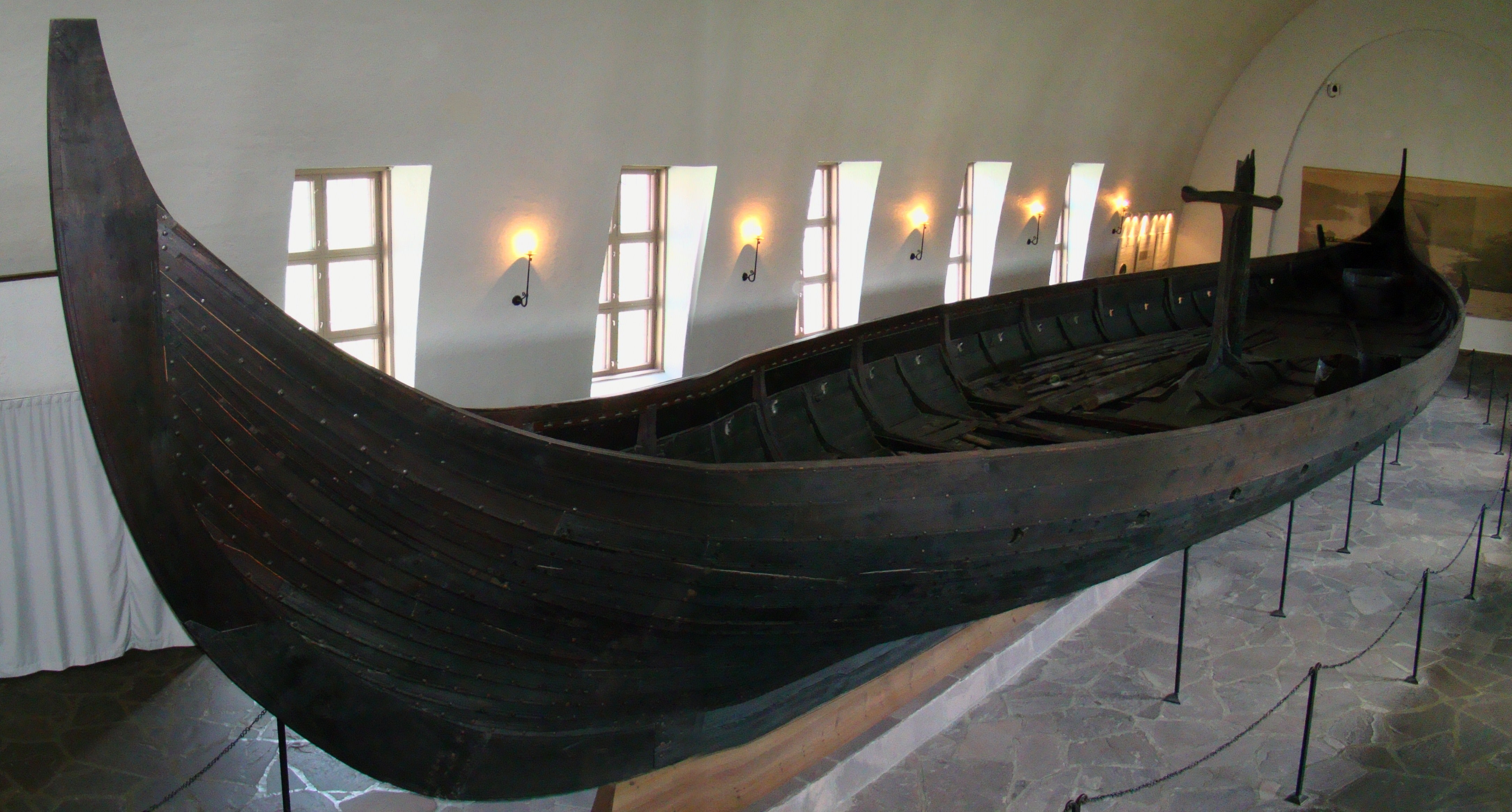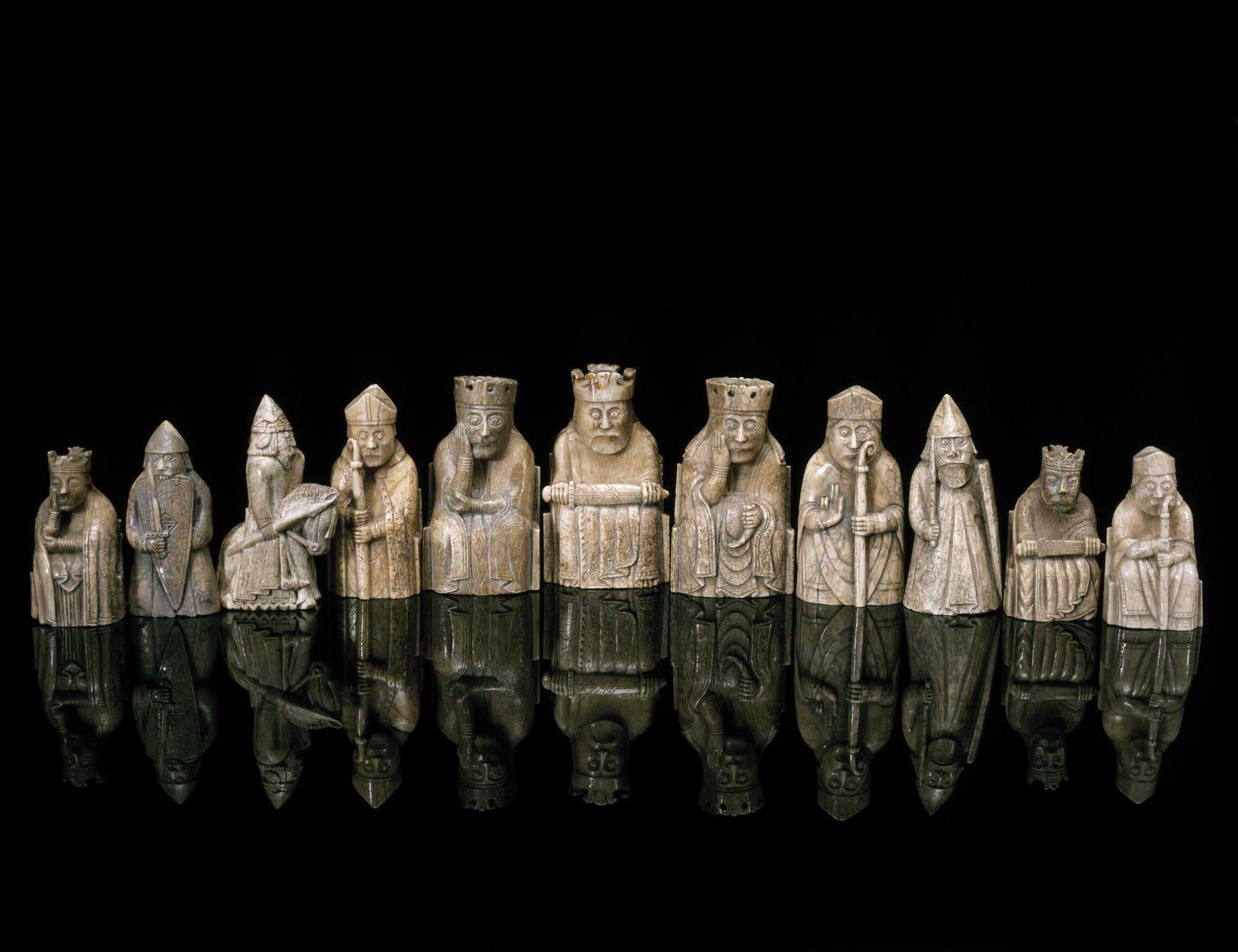
Unearthing the Gokstad Ship: A Viking Age Marvel
Imagine a ship so exquisitely crafted that it has withstood the test of time, preserving the essence of a bygone era. The Gokstad Ship, an archaeological marvel unearthed in the late 19th century, is a testament to the ingenuity and seafaring prowess of the Vikings. This extraordinary vessel has captivated historians, archaeologists, and enthusiasts alike, offering a rare glimpse into the maritime traditions of these legendary Norse explorers.
Discovery and Excavation
The Gokstad Ship's journey to the modern world began in 1880 when two sons of a Norwegian farmer stumbled upon a peculiar mound while cultivating their land in Gokstad, Vestfold County. Little did they know that this innocuous hillock concealed an extraordinary Viking ship burial, a ritual practice reserved for the elite members of Norse society.

The Gokstad Ship's excavation
Archaeologists were summoned to the site, and after meticulous excavation, they unveiled a breathtaking sight – a nearly intact Viking ship, along with an array of artifacts and the skeletal remains of a man, presumed to be a wealthy chieftain or nobleman. The remarkable preservation of the Gokstad Ship was attributed to the protective clay soil and the ingenious construction methods employed by the Vikings.
Design and Construction
The Gokstad Ship exemplifies the renowned clinker-built construction technique, a hallmark of Viking shipbuilding. This method involved overlapping oak planks, meticulously fastened together with iron rivets and lashings, creating a robust and watertight hull. The ship's elegant lines and sleek design embodied the Vikings' mastery of naval architecture, optimized for speed, maneuverability, and seaworthiness.

Measuring an impressive 23.8 meters (78 feet) in length and 5.2 meters (17 feet) in width, the Gokstad Ship was a formidable vessel capable of traversing treacherous waters. Its oak hull was reinforced with intricate carvings and decorative elements, showcasing the Vikings' artistic flair and attention to detail. The ship boasted 16 oar holes on each side, accommodating a crew of skilled rowers who propelled the vessel through the waves.
Symbolic Significance
The Gokstad Ship's burial context reveals its profound symbolic significance in Viking culture. The inclusion of the ship, along with an array of grave goods such as sleds, beds, and three small boats, suggests that it was intended as a vessel to transport the deceased into the afterlife. This belief system, emphasised further with similar traditions found in the Oseberg Ship burial, underscores the Vikings' reverence for the sea and their desire to equip the departed with the necessary provisions for their journey.

Beyond its practical maritime applications, the Gokstad Ship provides invaluable insights into Viking funerary rituals and beliefs. The presence of sacrificial animal remains, including horses and dogs, sheds light on the intricate ceremonies and offerings made to honor the deceased. These artifacts offer a tantalizing glimpse into the rich cultural tapestry of the Vikings, weaving together their seafaring traditions with their spiritual practices.
Conservation and Display
Preserving the Gokstad Ship for future generations has been a monumental undertaking. The delicate nature of the waterlogged wood and the intricate construction posed significant challenges for conservators. Meticulous efforts were undertaken to stabilize and treat the ship's components, ensuring its structural integrity while minimizing further deterioration.

The Gokstad Ship on display in the Oslo Viking Ship Museum
Today, the Gokstad Ship stands as a crown jewel in the Viking Ship Museum in Oslo, Norway. Visitors from around the world flock to marvel at this extraordinary vessel, transported back in time to an era when Vikings ruled the seas. The ship's presence serves as a powerful reminder of human ingenuity, resilience, and the enduring legacy of a culture that left an indelible mark on history.
Legacy and Impact
The Gokstad Ship's influence extends far beyond its museum display. Inspired by its remarkable design, numerous replica ships have been constructed, allowing modern-day enthusiasts to experience the thrill of sailing like the Vikings. These living history projects have fostered a deeper appreciation for the skills and techniques employed by these seafaring warriors, igniting a renewed fascination with their maritime heritage.

The Skibladner, replica of the Gokstad Ship
Furthermore, the Gokstad Ship continues to be a subject of intense archaeological study, yielding valuable insights into Viking shipbuilding practices, navigational techniques, and the cultural significance of these vessels. Each new analysis and technological advancement promises to unravel additional layers of understanding, deepening our comprehension of the Vikings' extraordinary maritime legacy.
Conclusion
The Gokstad Ship stands as a towering achievement of Viking ingenuity and craftsmanship. Its discovery and preservation have allowed us to peer into the past, gaining a profound appreciation for the seafaring prowess and cultural richness of these legendary Norse explorers. As a symbol of human resilience and innovation, this remarkable vessel continues to captivate and inspire, reminding us of our shared maritime heritage and the enduring spirit of exploration that transcends time and civilizations.
FAQs
- What was the purpose of the Gokstad Ship?
The Gokstad Ship was likely a burial vessel, intended to transport a wealthy Viking chieftain or nobleman into the afterlife. Its inclusion in a burial mound, along with an array of grave goods, suggests it held significant symbolic and spiritual significance in Viking funerary rituals.
- How old is the Gokstad Ship?
Based on radiocarbon dating and archaeological analysis, the Gokstad Ship is estimated to have been constructed around 890 AD, making it approximately 1,130 years old.
- Where is the Gokstad Ship currently displayed?
The Gokstad Ship is housed and exhibited at the Viking Ship Museum in Oslo, Norway, where it serves as a centerpiece of the museum's impressive collection of Viking maritime artifacts.
- How was the Gokstad Ship preserved for so long?
The remarkable preservation of the Gokstad Ship can be attributed to the protective clay soil in which it was buried, as well as the ingenious clinker-built construction technique employed by the Vikings, which created a watertight and durable hull.
- Can I visit a replica of the Gokstad Ship?
Yes, several replica ships based on the design and construction of the Gokstad Ship have been built, allowing visitors to experience the thrill of sailing like the Vikings. These living history projects can be found in various locations around the world, offering immersive educational experiences and fostering a deeper appreciation for Viking maritime heritage.
References
"Gokstad Ship Side View" by Bjørn Christian Tørrissen is licensed under CC BY-SA 3.0.
"CfL02219 013 museum no. C10384 Utgravning av Gokstadskipet (Gokstad ship excavation 1880. Kulturhistorisk museum UiO Oslo, Norway. License CC BY-SA 4.0)" by Kulturhistorisk museum, UiO (Museum of Cultural History, part of the University of Oslo, Norway) is licensed under CC BY-SA 4.0.
"The Gokstad Viking ship" by James Cridland is licensed under CC BY 2.0.
"The Gokstad Viking ship" by James Cridland is licensed under CC BY 2.0.
"The Gokstad Viking Ship" by π-nocchio is licensed under CC BY-NC-SA 2.0.
"Replica Gokstad Viking Ship, Skibladner" by nz_willowherb is licensed under CC BY-NC 2.0.








